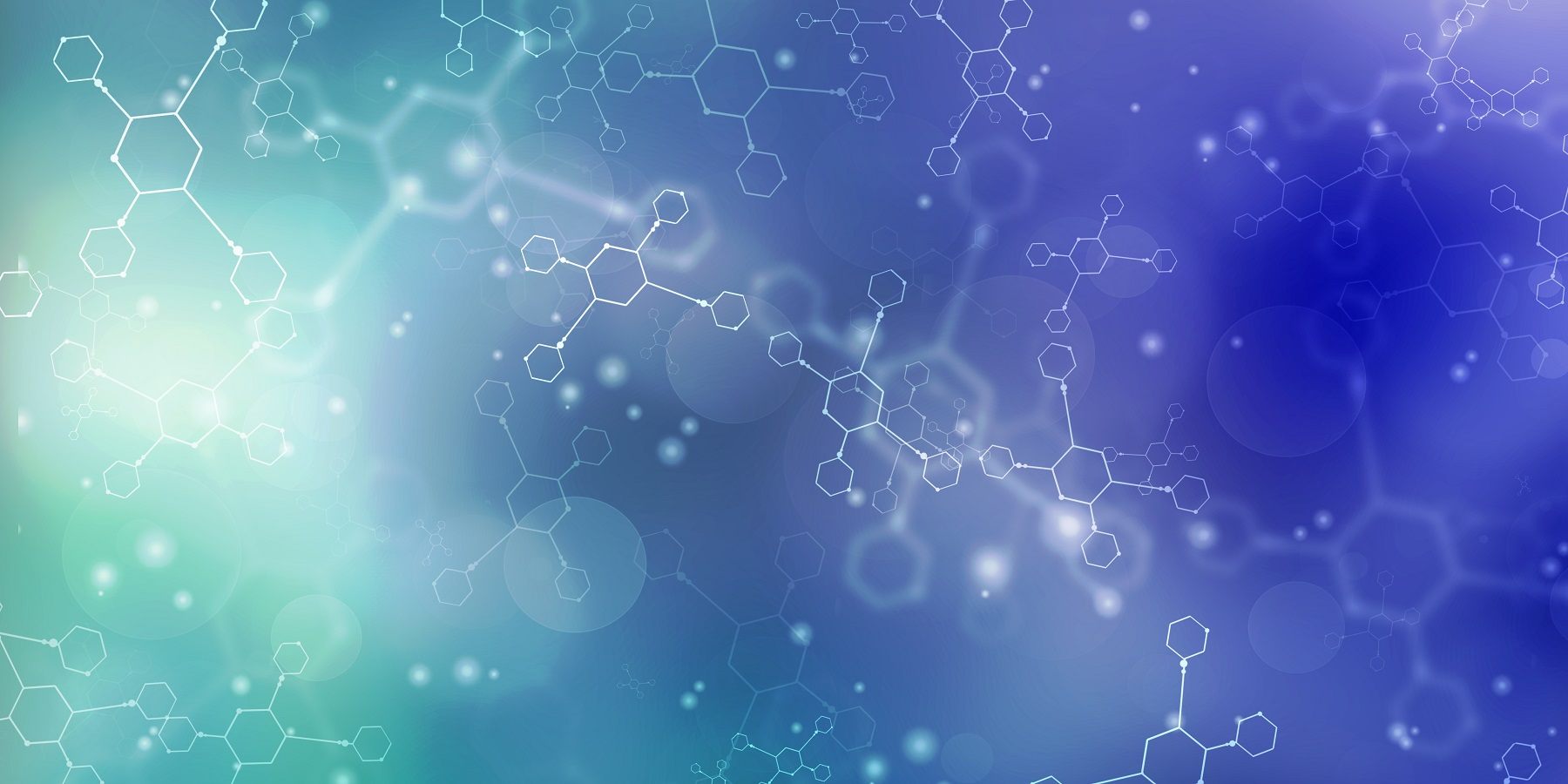Indications
Gadodiamide is an MRI contrast agent approved for use by the FDA and Health Canada. It is indicated for enhancing the visualization of lesions displaying abnormal vascularity within the brain, spine, and associated tissues, as well as across various body regions, including the thoracic (excluding the heart), abdominal, pelvic cavities, and retroperitoneal space. Furthermore, Health Canada authorizes its use for the detection and localization of stenosis in renal and aorto-iliac arteries during magnetic resonance angiography (MRA).
Pharmacodynamics
In the context of magnetic resonance imaging (MRI), the differentiation between normal and pathological tissues hinges significantly on changes in the radiofrequency signal intensity. Gadodiamide, a paramagnetic agent, influences these variations by affecting proton density and altering relaxation times, specifically the spin-lattice (T1) and spin-spin (T2) relaxation times. The presence of gadodiamide generates a localized magnetic field through unpaired electron spins, thereby accelerating the reorientation of water protons with the main magnetic field. This action enhances the relaxation rate, reducing both T1 and T2 times in tissues where gadodiamide is present. At clinical doses, its primary impact is on the T1 relaxation time, resulting in increased signal intensity. This property facilitates the accumulation of gadodiamide in lesions characterized by disrupted blood-brain barriers or abnormal vascularity, such as neoplasms, abscesses, and subacute infarcts. However, the pharmacokinetic parameters of gadodiamide in different lesions remain undetermined.
Absorption
The pharmacokinetics of gadodiamide, when administered intravenously to healthy subjects, is consistent with an open, two-compartment model. This suggests that its absorption and distribution patterns adhere to a typical pharmacokinetic framework for contrast agents in clinical settings.
Metabolism
Gadodiamide does not undergo detectable biotransformation or decomposition in the body. This stability underscores its reliability as a contrast agent in MRI, ensuring consistent performance without metabolic alteration.
Mechanism of Action
Gadodiamide functions as a paramagnetic molecule that becomes magnetized when exposed to a magnetic field. This magnetic moment affects the relaxation rates of nearby water protons within the body. When utilized in magnetic resonance imaging (MRI), gadodiamide selectively enhances contrast in tissues where it accumulates, thereby improving the clarity of the imaging results as per Reference 6.

